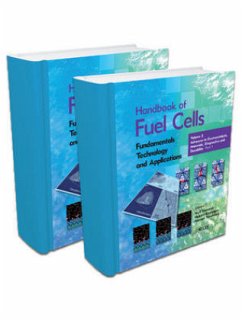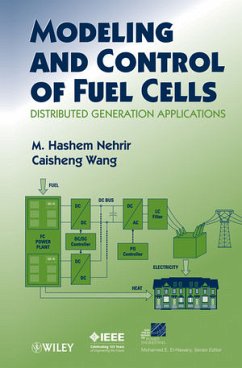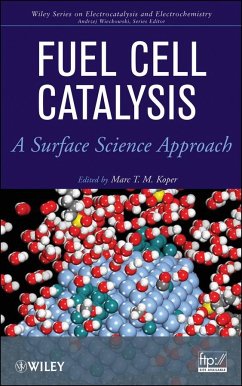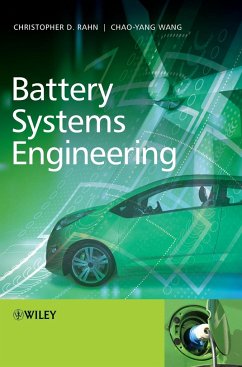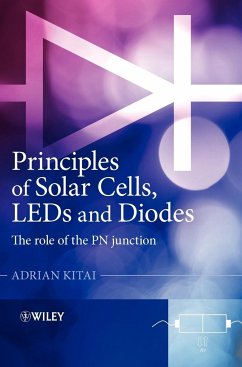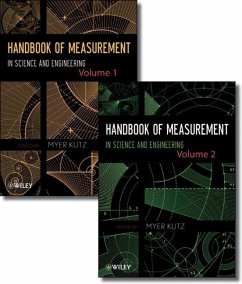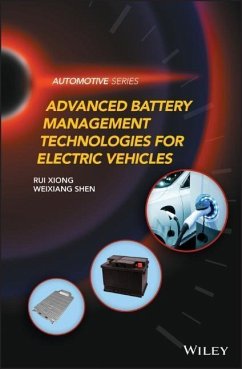
Handbook of Fuel Cells, 6 Volume Set
Versandkostenfrei!
Versandfertig in über 4 Wochen
3.427,99 €
inkl. MwSt.

PAYBACK Punkte
1714 °P sammeln!
This six volume set brings together for the first time in a single reference work the fundamentals, principles and the current state-of-the-art in fuel cells. Its publication reflects the increasing importance and the rapidly growing rate of research into alternative, clean sources of energy.With internationally renowned editors, advisory board members, and contributors from academia and industry, it guides the reader from the foundations and fundamental principles through to the latest technology and cutting-edge applications, ensuring a logical, consistent approach to the subject.The Handboo...
This six volume set brings together for the first time in a single reference work the fundamentals, principles and the current state-of-the-art in fuel cells. Its publication reflects the increasing importance and the rapidly growing rate of research into alternative, clean sources of energy.
With internationally renowned editors, advisory board members, and contributors from academia and industry, it guides the reader from the foundations and fundamental principles through to the latest technology and cutting-edge applications, ensuring a logical, consistent approach to the subject.
The Handbook is divided into four main themes:
Volume 1: "Fundamentals and Survey of Systems"
Volume 2: "Fuel Cell Electrocatalysis"
Volumes 3 and 4: "Fuel Cell Technology and Applications"
Volumes 5 and 6: "Advances in Electrocatalysis, Materials, Diagnostics and Durability"
With internationally renowned editors, advisory board members, and contributors from academia and industry, it guides the reader from the foundations and fundamental principles through to the latest technology and cutting-edge applications, ensuring a logical, consistent approach to the subject.
The Handbook is divided into four main themes:
Volume 1: "Fundamentals and Survey of Systems"
Volume 2: "Fuel Cell Electrocatalysis"
Volumes 3 and 4: "Fuel Cell Technology and Applications"
Volumes 5 and 6: "Advances in Electrocatalysis, Materials, Diagnostics and Durability"




